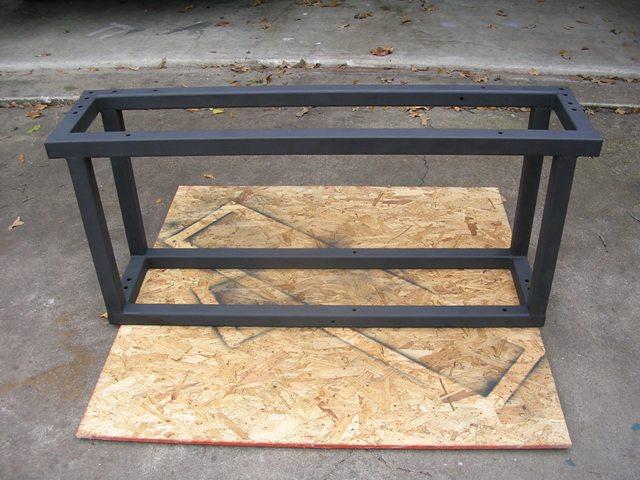At this rate of work, I'll be brewing on it in mid 2009 some time. Oh well, wife, kids, biz travel does that.
I spent two hours with the angle grinder with coarse disks to strip to top end of the stand down to bare metal. The high temp BBQ paint can't be put over any other kind of paint that will fail under high heat. I still have to strip the cradles for the two tippy dump end vessels but we'll get there.

I spent two hours with the angle grinder with coarse disks to strip to top end of the stand down to bare metal. The high temp BBQ paint can't be put over any other kind of paint that will fail under high heat. I still have to strip the cradles for the two tippy dump end vessels but we'll get there.























